L’occidentalisation de l’œil consiste principalement à modifier subtilement les contours et les proportions de la paupière et du pli de l’œil, afin de créer un regard plus ouvert et d’ajouter de la profondeur au regard. La demande donc, n’est pas d’avoir un œil caucasien.
Ce type de traitement est très demandé par des patients d’origine asiatique qui souhaitent une modification discrète sans avoir recours à la chirurgie.
La correction non chirurgicale de l’œil asiatique, souvent appelée occidentalisation de l’œil, est une solution de plus en plus recherchée pour obtenir un regard plus ouvert et défini sans subir une intervention chirurgicale. Grâce aux injections de toxine botulique*, d’acide hyaluronique et au lifting non chirurgical, il est désormais
possible de modifier subtilement la forme des yeux, rehausser la paupière et accentuer le pli palpébral. L’ approche esthétique moderne permet une transformation douce et naturelle, adaptée aux spécificités du visage asiatique, sans risques ni temps de récupération.
The anatomical differences between the Caucasian eye and the Asian eye primarily concern the eyelids, the eyelid crease, and the arrangement of tissues around the orbit.
Paupière supérieure asiatique : chez les caucasiens, le pli palpébral supérieur est généralement bien défini et situé à environ 8 à 12 mm au-dessus de la ligne des cils, ce qui crée un relief plus accentué de la paupière. Chez les asiatiques, ce pli est souvent moins visible, voire absent, donnant à la paupière un aspect plus lisse.
La paupière supérieure asiatique est caractérisée par : une quantité de graisse orbitaire plus abondante ; un septum qui s’insère très bas, avec l’aponévrose du releveur, sous le rebord supérieur du tarse. Il n’y a pas d’attaches entre les expansions de l’aponévrose du releveur et la peau ; une peau palpébrale très élastique ; une fente palpébrale qui paraît rétrécie ; un pli palpébral supérieur peu marqué voire absent et qui est situé très bas, près de la ligne des cils.
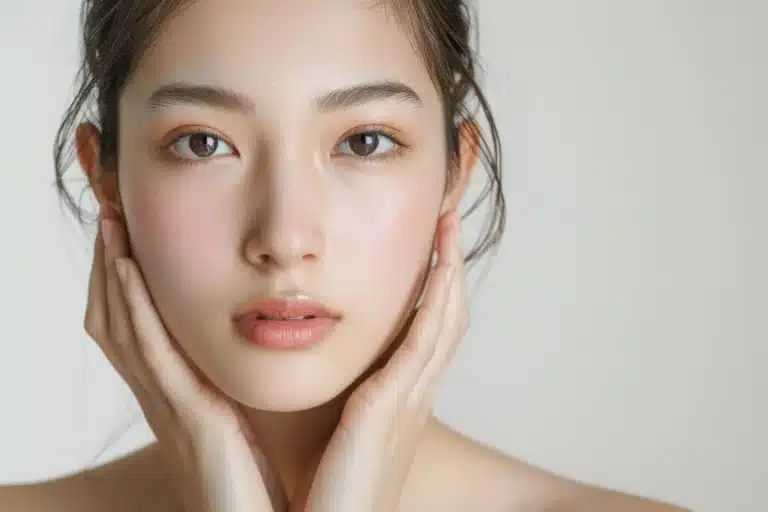
Épicanthus : la conjugaison de la laxité cutanée et la position basse (ou l’absence) du pli palpébral supérieur créent un repli cutané canthal médial, l’épicanthus. Il existe quatre stades d’épicanthus suivant l’importance du repli de peau prétarsale au niveau du canthus.
Paupière inférieure asiatique : l’insertion du septum est haute, près de la ligne ciliaire ; le muscle palpébral est moins épais à ce niveau ; les poches graisseuses apparaissent précocement, mais sont stables dans le temps.
On distingue différents types de plis palpébraux supérieurs :
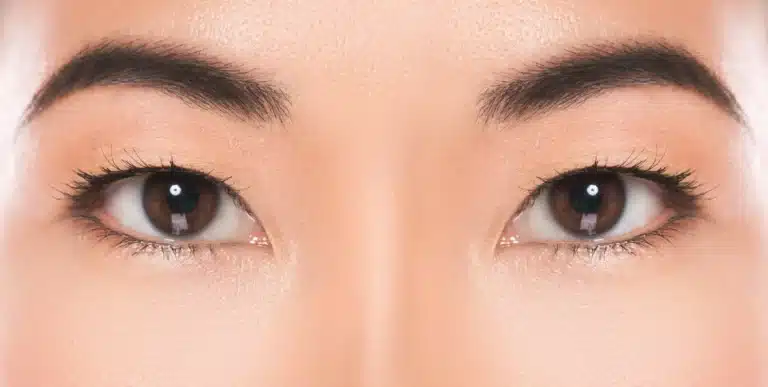
Absence of upper eyelid crease : monolid
Il n’existe pas de pli qui divise la paupière supérieure en deux.
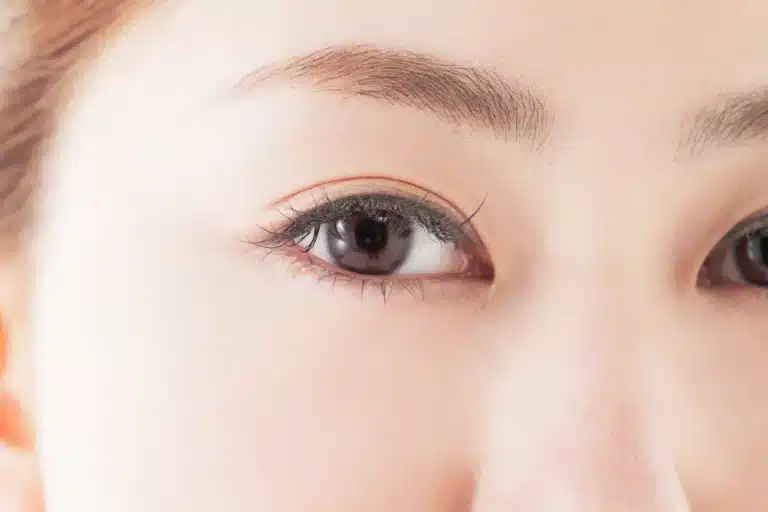
Tapered upper eyelid crease with lateral flare
La partie externe de la paupière en dessous du pli est plus large que l’interne.
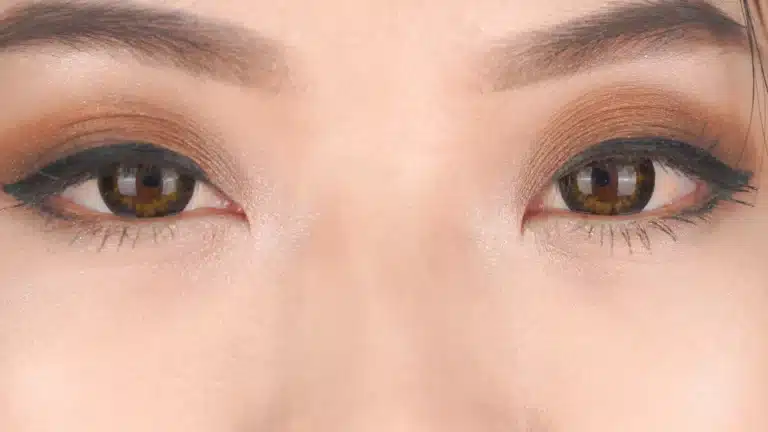
Multiple upper eyelid creases
There are several eyelid creases dividing the upper eyelid.
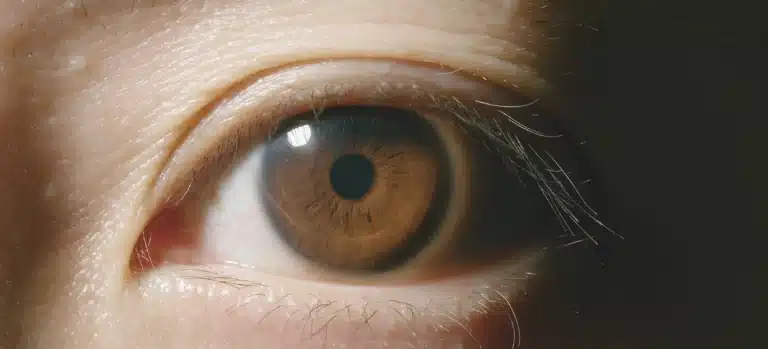
Parallel upper eyelid crease
Le pli est parallèle au rebord ciliaire, la partie interne de la paupière en dessous du pli a la même largeur que l’externe.
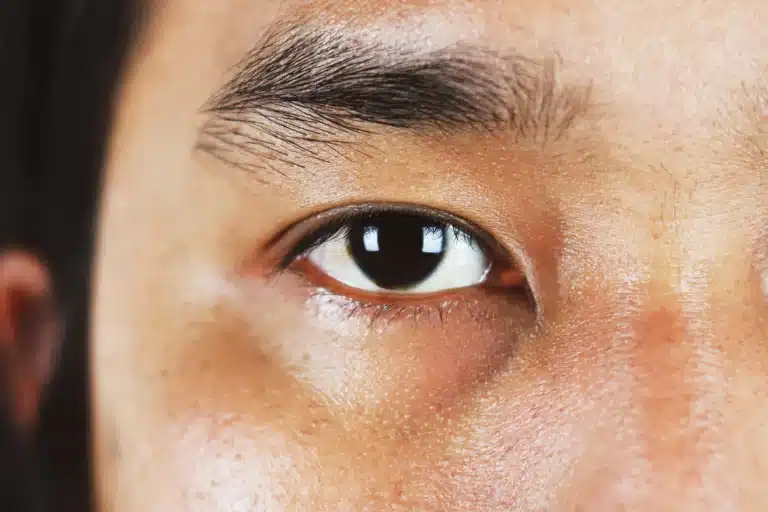
Partial upper eyelid crease
Le pli palpébral supérieur n’est pas présent sur toute la longueur de la paupière supérieure.
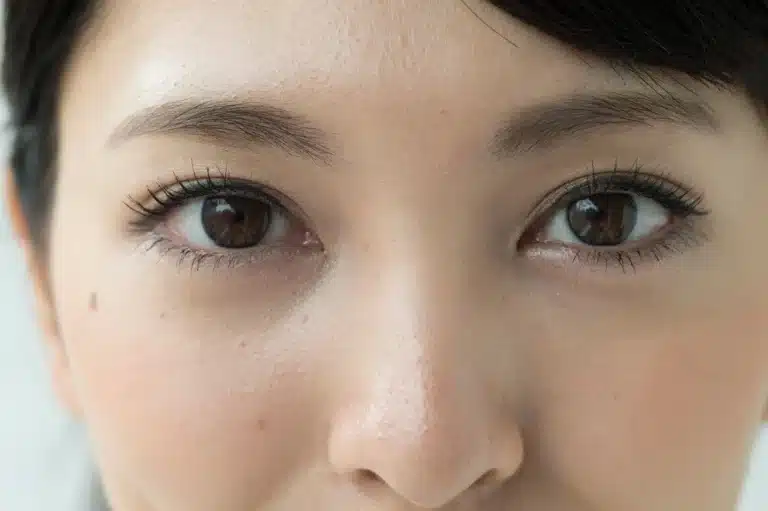
Tapered upper eyelid crease
Le pli palpébral supérieur devient plus étroit au niveau du canthus interne de l’œil.
En médecine à visée esthétique, plusieurs techniques permettent de réaliser cette transformation de manière douce et non invasive.
Il est important de consulter un médecin expérimenté qui sera en mesure de réaliser ces traitements avec une maîtrise des techniques et une compréhension des subtilités morphologiques des visages asiatiques. En choisissant un médecin expérimenté, vous bénéficiez d’un conseil personnalisé et d’un traitement sur-mesure, pour des résultats naturels et harmonieux.
L’occidentalisation du regard par des techniques de médecine esthétique convient particulièrement aux personnes d’origine asiatique qui souhaitent agrandir et ouvrir le regard, tout en préservant leur identité et leur singularité. Ce traitement est idéal pour ceux qui cherchent une alternative à la chirurgie et qui souhaitent des modifications progressives et temporaires.
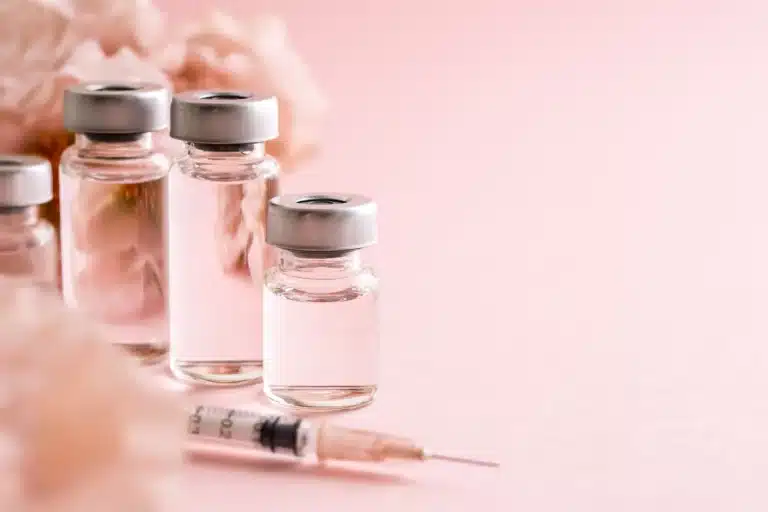
botulinic toxin* permet de détendre certains muscles autour de l’œil, ce qui redéfinit la forme des paupières et ouvre le regard en douceur. La toxine botulique* est utilisée pour relever la queue du sourcil ou le sourcil dans sa globalité, pour un regard plus ouvert et structuré.
(*) La toxine botulique est indiquée pour l’amélioration temporaire de l’apparence des rides verticales modérées à sévères entre les sourcils, visibles lorsque l’on fronce les sourcils au maximum (rides du lion) et/ou des rides latérales modérées à sévères (pattes d’oie) visibles lors d’un sourire maximal lorsqu’elles provoquent une détresse psychologique importante chez les patients adultes.
Le lifting du sourcil et l’occidentalisation de l’œil asiatique ne sont pas une indication de la toxine botulique, mais le traitement des rides de la patte d’oie et du lion crée un effet de lifting du sourcil et d’occidentalisation de l’œil.
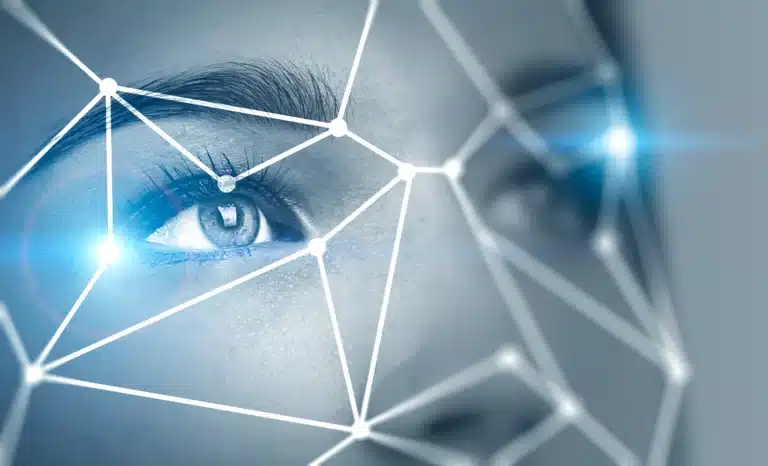
Used to fill or reshape certain areas of the eye, hyaluronic acid allows for the redefinition of the upper eyelid contour.
It can also be injected into the brow ridge to add slight volume and create depth in the gaze.
This product is also used to treat aging in the Asian eye. Over time, the upper Asian eyelid hollows out (hollow eye), like all eyelids. The loss of fullness is treated with hyaluronic acid injections. Using a cannula, hyaluronic acid is injected along the orbital rim to replace the fat that has diminished.
The results are immediate and last about two years. The aftereffects are mild, with occasional bruising (rare) and localized swelling.

les techniques médicales offrent plusieurs avantages :
- Natural results: these treatments give a subtle, adjustable result that respects the morphology and proportions of the face.
- Non-invasive procedures: these techniques are less invasive than surgery and do not cause social exclusion.
• Personnalisation : chaque traitement est adapté au patient pour atteindre les objectifs souhaités, tout en conservant l’harmonie naturelle du visage.
À Genève, les actes médicaux visant à occidentaliser le regard asiatique peuvent inclure l’utilisation ciblée de toxine botulique ou d’acide hyaluronique, selon les objectifs esthétiques définis en consultation. Le tarif des injections d’acide hyaluronique est de 650 CHF par seringue. Les prix des injections de toxine botulique varient en fonction du nombre de zones traitées et du sexe du patient.
For women
For men
Le plan de traitement est établi sur mesure, selon la morphologie de la zone orbitaire, la tonicité des muscles périoculaires et les attentes du patient.
Hyaluronic acid is precisely injected into the upper eyelid to create or enhance the eyelid crease. It restores volume, opens up the eyes, and mimics the effect of a double eyelid—without surgery.
Non-surgical techniques are scar-free, reversible, and involve minimal recovery time. They provide natural, gradual, and personalized results without the risks associated with surgery.
No, these techniques are minimally painful. A numbing cream is applied before the injections to ensure optimal comfort during the session.